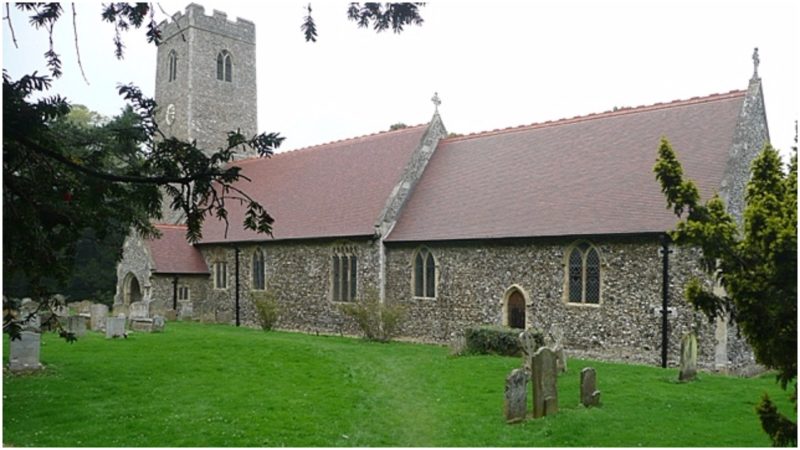The elegant parish church of St. Margaret is considered to be one of the best-kept secrets in Sotterley, a village in the English county of Suffolk. Hidden away in a rustic parkland setting on the Sotterley estate, it can be accessed on foot only, via a marked path from the road.
St Margaret’s has many architectural features, including a collection of monumental figure brasses, more than any other church in Suffolk, and numerous inscriptions and examples of medieval glass.
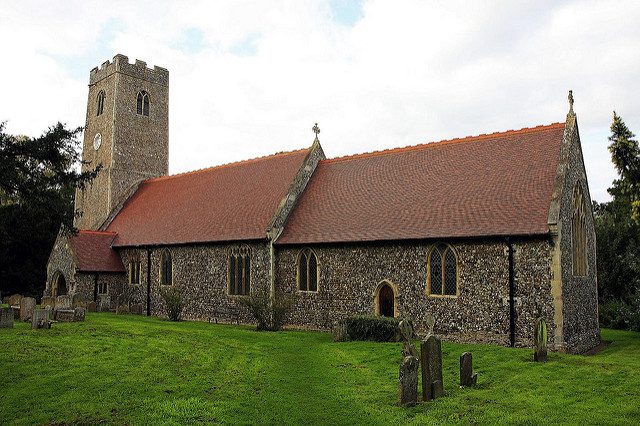
St Margaret is a classic example of an estate church and it has been owned by just three families since the Norman Conquest. The first owners of the estate were the Bigot family when the first Bigot, Roger, later took the surname of Sotterley. And it is almost certain that his son Edward, who served as the Sheriff of Suffolk at the time, built St Margaret’s church.
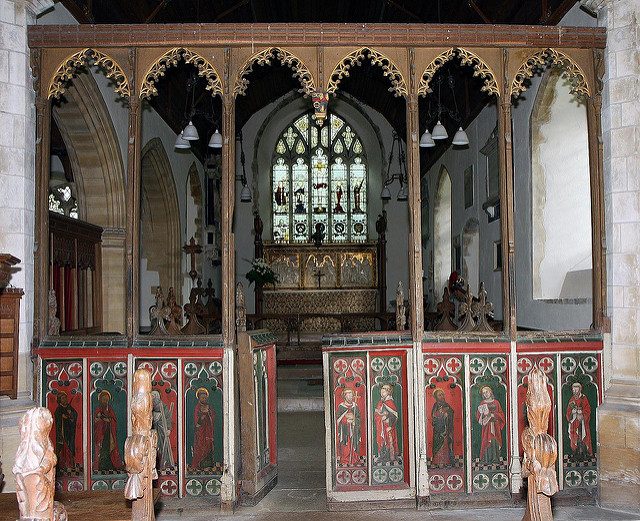
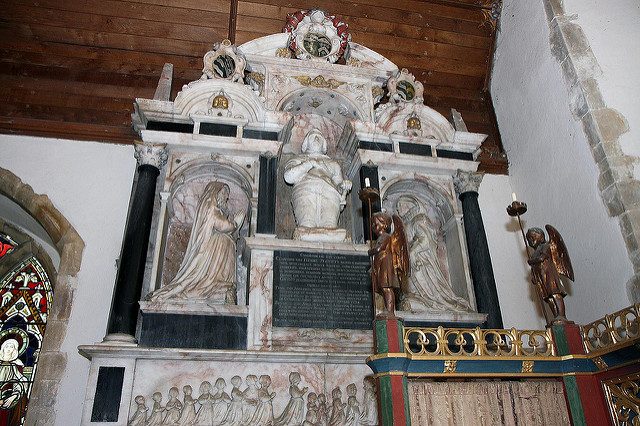
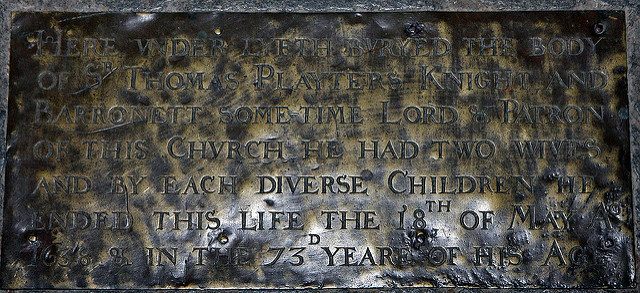
The Sotterley family held the estate and church until the War of the Roses. After that, when Edward IV took the throne, he confiscated their estate and gave it to Thomas Playters, sometime between 1461 and 1469.
The date 1469 is engraved on the Playter coat of arms in the stained glass of a south center window. But the real highlight to see in St Margaret’s is the baroque decorated tomb of Sir Thomas Playters, who died in 1638. It is truly considered one of Suffolk’s finest 17th-century monuments. Sculpted by Edward Marshall, master mason to Charles II, the family had to wait for 20 years to raise the memorial.
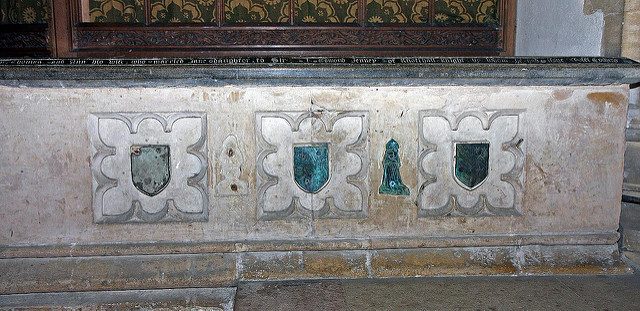
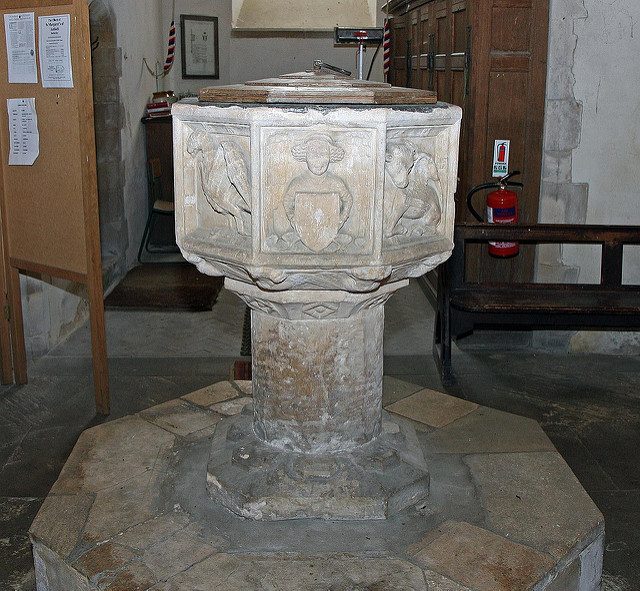
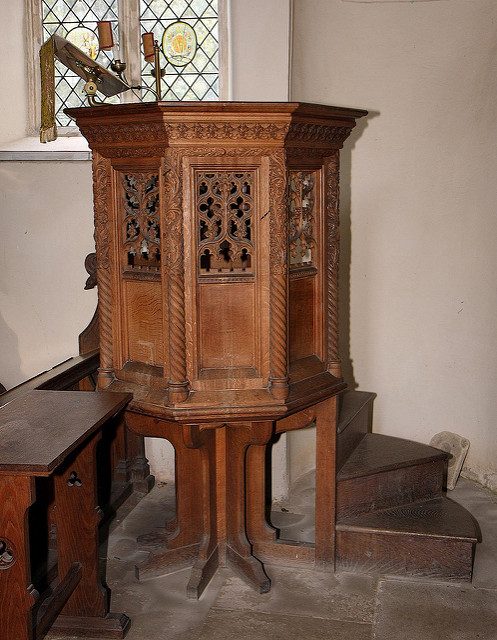
Many paintings from the 15th century period were damaged by William Dowsing, who visited Sotterley in 1643. He was known as the man who wreaked havoc on many churches in Suffolk. But for some unknown reason, he spared the 15th century painted screen, which had outstanding images of the Apostles on the base panels. The paintings were repainted at a later date.
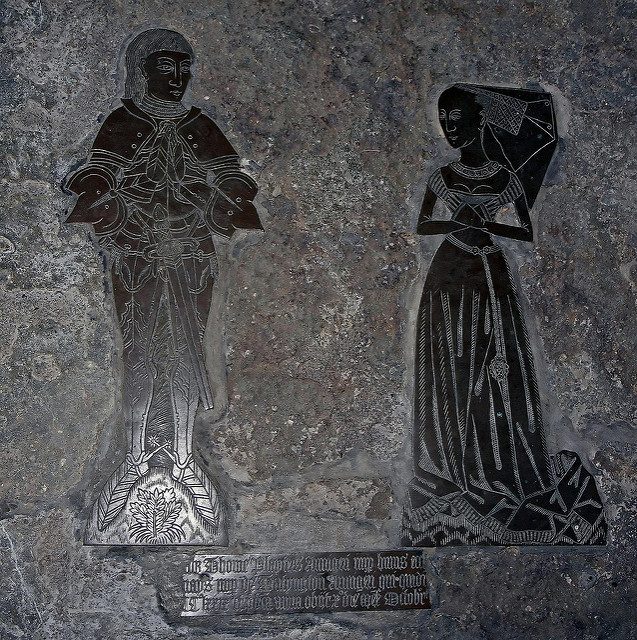
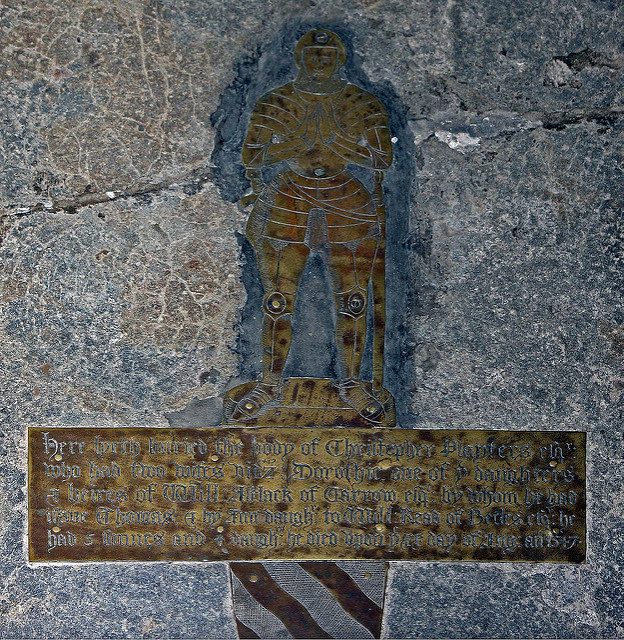
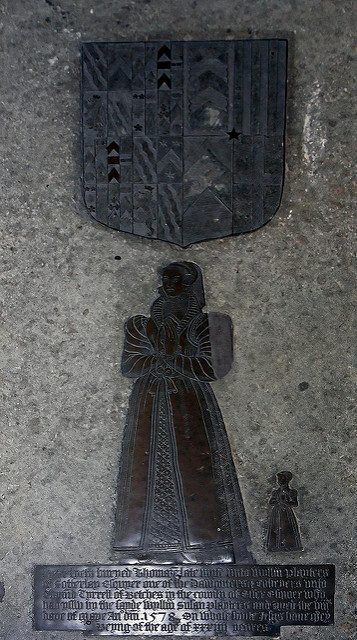
The last family who owned the estate was the Barne family. All three families were good guardians and that’s why the church and the whole estate is so well preserved. But they didn’t always see eye to eye with the villagers. In 1886, the Barnes closed the churchyard to burials, apparently on the grounds of public health.
But the rumors were that they didn’t want the villagers walking through their grounds in funeral processions. Maybe there is some truth to that, because only three years later in 1889, they tried to have the church closed. That’s why they’ve built a small octagonal cemetery chapel just outside the park boundary.
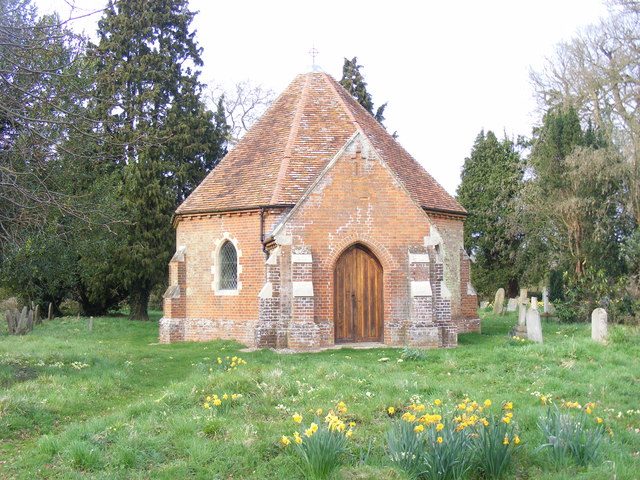
Luckily, they were not given permission to close the church and that’s why it’s now open for visitors. As for the chapel, today it is preserved as a fine example of a late 19th-century chapel. The parish council owns it and it is maintained by the Sotterly Chapel Preservation Trust.
